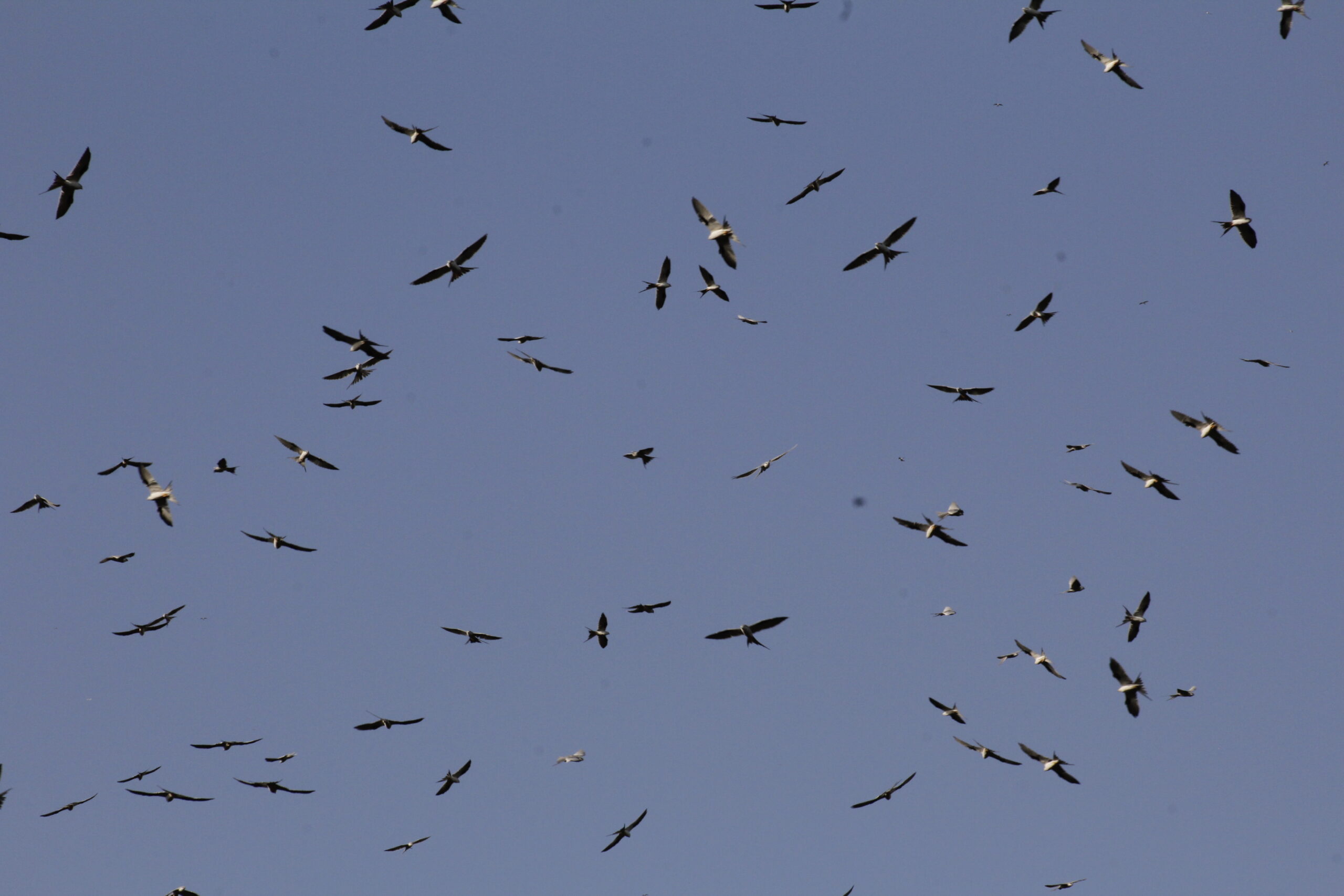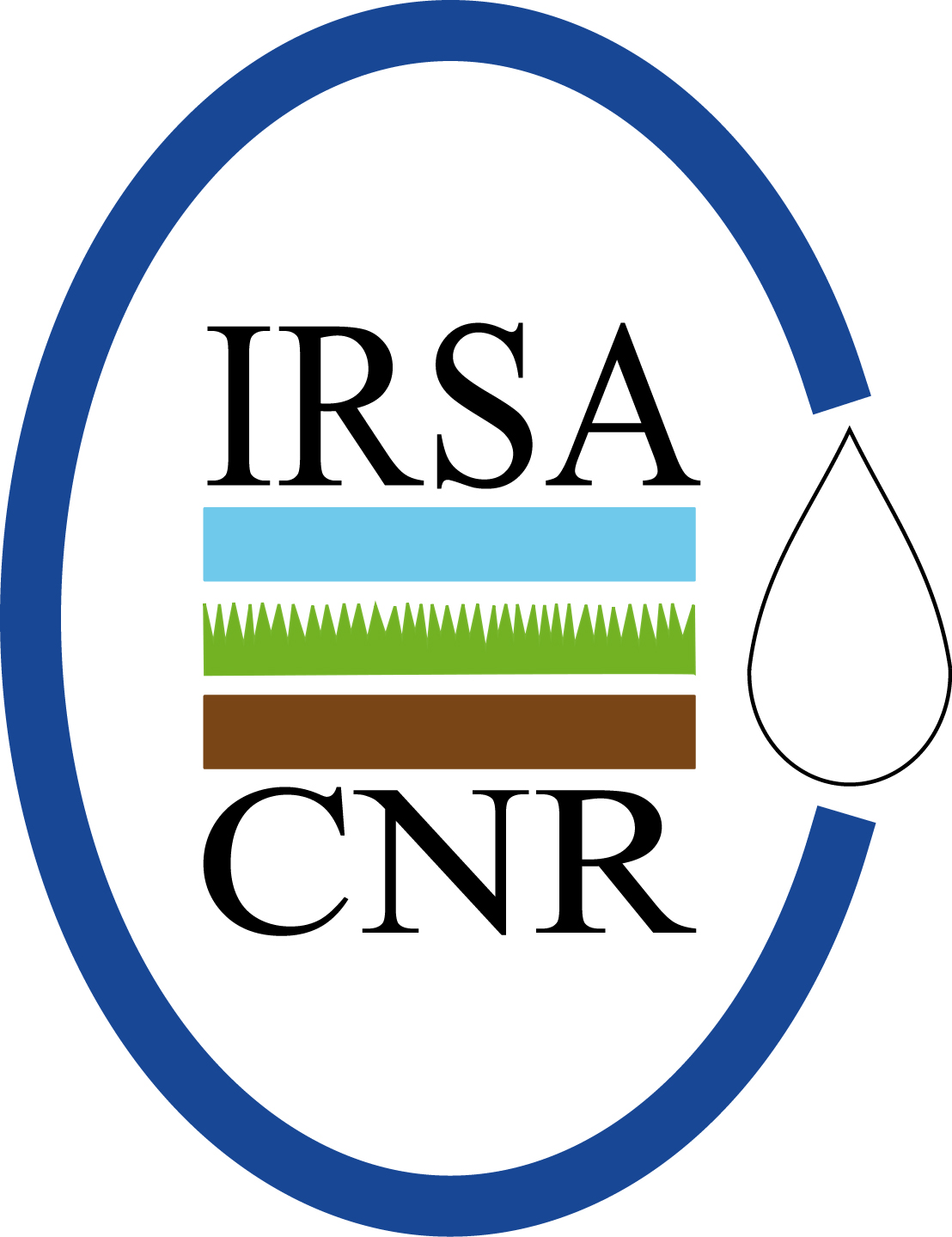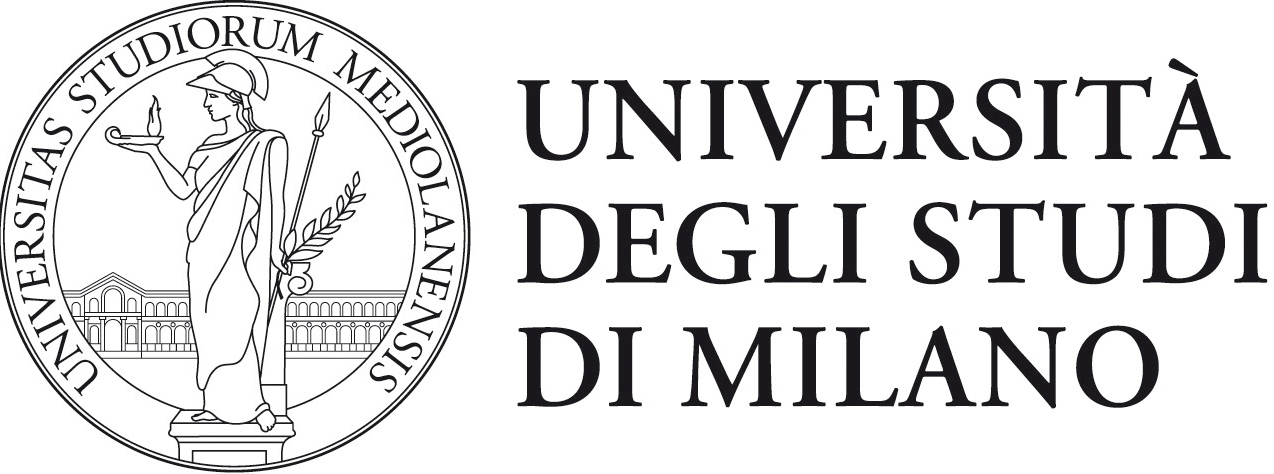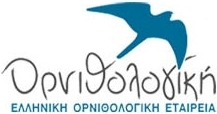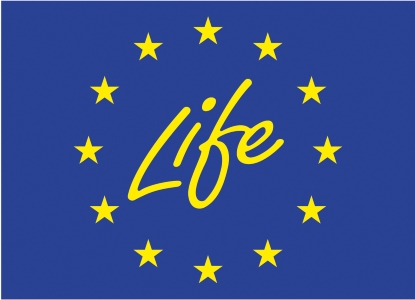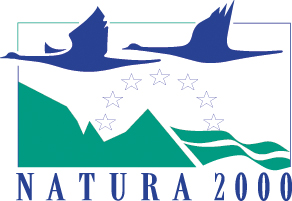Michelangelo Morganti, the coordinator of the LIFE FALKON project for the National Research Council, CNR-IRSA, undertook a very special trip to Senegal.
What has gotten him this far is that there are 650 bird species in Senegal, including the world’s largest lesser kestrel roost. Just outside Kaolack, one of Senegal’s most important port cities, up to 40,000 kestrels spend their winter! Discovered only in 2007 by a French expedition, the dormitory is made up of the enormous baobabs of the island of Kousmar, in the middle of the Saloum river. Michelangelo’s journey begins on November 7, in the company of two researchers: the renowned Javier Bustamante and Carlos Marfil of the Biological Station of Doñana (Seville, Spain). After six hours of travel, the team lands in Dakar, the capital of Senegal. The central objective of the LIFE FALKON and HORUS EBD mission is to study the world’s largest winter roost of lesser kestrels, deploy some individuals with GPS and collect biological samples. Last but not least, local contacts are to be established for future expeditions.
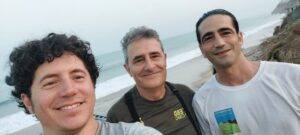
One of the places the lesser kestrel likes to perch is the baobab! Of the 8 species existing in the world, only 1 is present in continental Africa, the Adansonia digitata, 6 are endemic to Madagascar and 1 to Australia. In Senegal, the baobab is protected and has a nationwide conservation programme.
In addition to lesser kestrels in Kousmar, the team sighted several village weavers (Ploceus cucullatus) and scissor-tailed kites (Chelictinia riocourii). Unexpectedly, the team also met (in its nets) a group of 10 flying foxes (Eidolon helvum), another amazing migrant, which forms a roost of 10 million in Zambia during the boreal winter. Lesser Kestrels in Europe share the breeding area with European rollers (Coraciidae), while in Africa, they roost with Abyssinian rollers (Coracias abyssinicus).
In addition, a juvenile red-footed falcon (Falco vespertinus) was captured. In Italy, the LIFE FALKON team studies this species in the same reproductive area as the lesser kestrel, where they compete for food resources (insects). The red-footed falcon normally winters much further south in Africa but we now know that some winter here with Lesser Kestrels.
Our team’s trip also looked after the conservation and sustainability aspect of this habitat, home to many bird species. In fact, the LIFE FALKON project material was also disseminated among the children of the village of Ndiaffate, the real users of the forest where the lesser kestrel spends the winter season. They will be the future leaders of nature conservation in Africa, and they really appreciated our postcards!
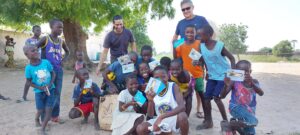
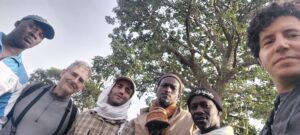
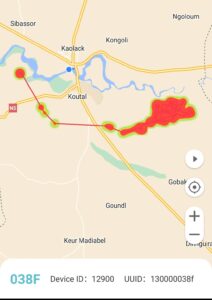 The mission ends successfully: 14 GPS-equipped kestrels! The movements and spectacular migrations of some of these animals can be followed by anyone from their mobile phone: just download the AnimalTracker app and search for these names: Aliou, Aly, Aida, Boubacar, Diaynaba, Ibou, Moussa, Samba, Masse. Between March and May, these lesser kestrels reached their breeding colonies, some in Morocco and others in Spain.
The mission ends successfully: 14 GPS-equipped kestrels! The movements and spectacular migrations of some of these animals can be followed by anyone from their mobile phone: just download the AnimalTracker app and search for these names: Aliou, Aly, Aida, Boubacar, Diaynaba, Ibou, Moussa, Samba, Masse. Between March and May, these lesser kestrels reached their breeding colonies, some in Morocco and others in Spain.
Follow them online!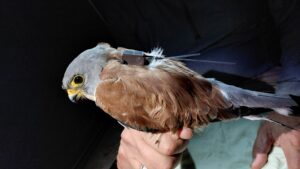
1 December 2022
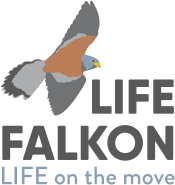
 en
en it
it el
el